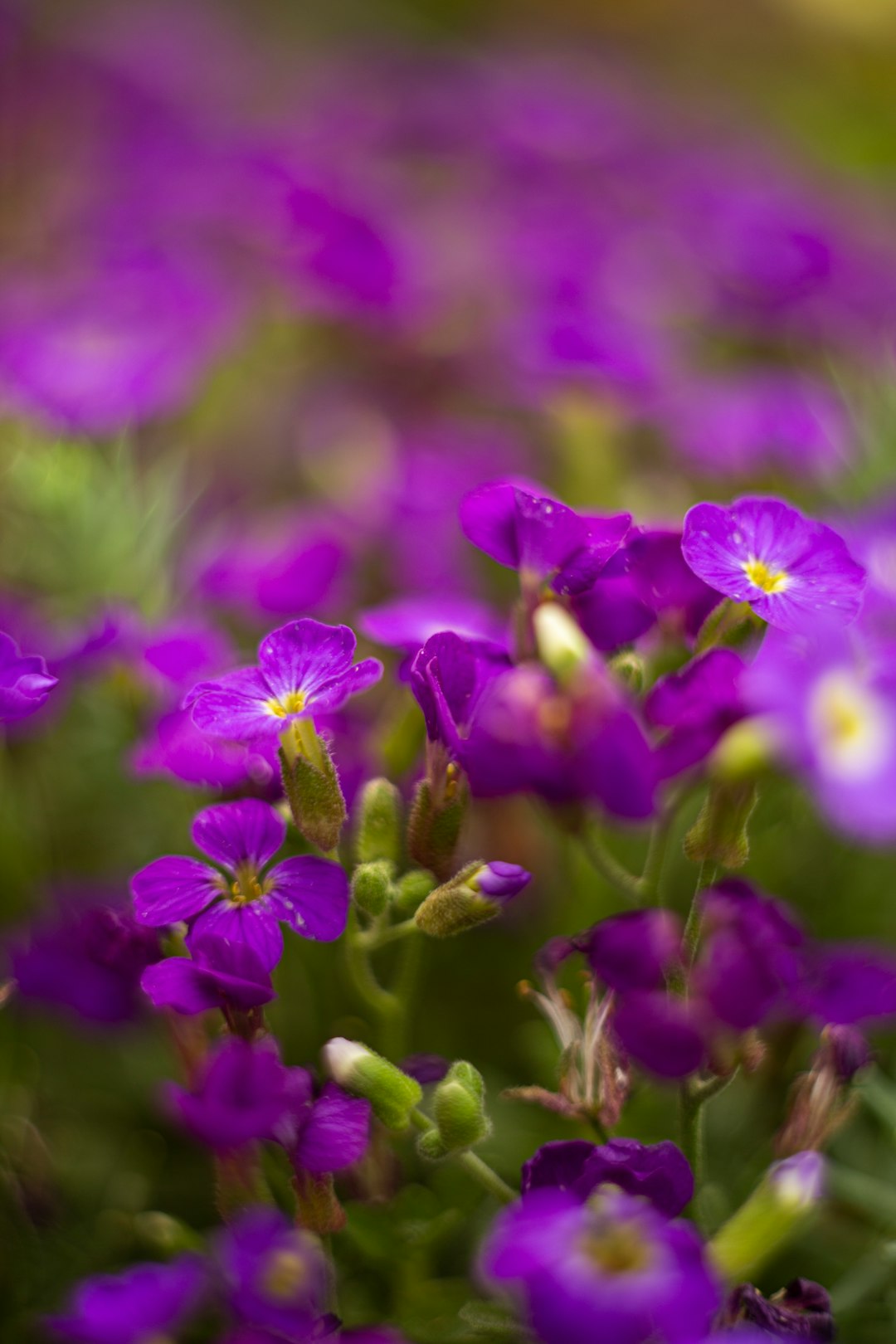Mastering the Art of Japanese Maple Bonsai Gardening

Japanese maple bonsai trees are a captivating addition to any garden, offering a unique blend of beauty and artistry. With their delicate foliage and elegant form, these miniature trees have long been admired for their aesthetic appeal. In this guide, we'll explore the expert tips and techniques to help you grow and train a Japanese maple bonsai tree like a pro.
### Selecting the Right Japanese Maple Variety
The first step in creating a stunning Japanese maple bonsai is choosing the right variety. There are several types of Japanese maples available, each with its own distinct characteristics. Some popular varieties for bonsai include Acer palmatum 'Dissectum', known for its lacy, dissected leaves, and Acer palmatum 'Sango-kaku', which features bright red branches in the winter. Consider the size, shape, and color of the leaves when selecting a variety that suits your aesthetic preferences.
### Choosing the Ideal Container
The container you choose for your Japanese maple bonsai is not only a functional element but also an important part of its overall aesthetic. Select a container that is proportionate to the size of the tree and has good drainage. Bonsai containers come in a variety of shapes, sizes, and materials, such as ceramic, plastic, and clay. Consider the style of your bonsai and the overall look you want to achieve when choosing a container.
### Soil Requirements
Japanese maple bonsai trees require well-draining soil that is rich in organic matter. A good bonsai soil mix typically consists of a combination of akadama, pumice, and lava rock. Akadama is a type of clay soil that provides good water retention and aeration, while pumice and lava rock help to improve drainage. Avoid using regular garden soil, as it can become compacted and prevent proper root growth.
### Watering and Fertilizing
Proper watering is essential for the health of your Japanese maple bonsai. Water the tree thoroughly when the soil begins to dry out, but avoid overwatering, as this can lead to root rot. During the growing season, fertilize the tree regularly with a balanced bonsai fertilizer to provide it with the nutrients it needs to thrive. Follow the instructions on the fertilizer package for the correct dosage and frequency of application.
### Pruning and Training
Pruning and training are key techniques in shaping your Japanese maple bonsai into a beautiful and artistic form. Regular pruning helps to maintain the tree's shape, control its growth, and encourage the development of new branches. Use sharp, clean pruning shears to make precise cuts, and remove any dead, damaged, or diseased branches. Training your bonsai involves using wire to shape the branches and trunk into the desired form. Be careful not to apply too much pressure when wiring, as this can damage the tree.
### Sunlight and Temperature Requirements
Japanese maple bonsai trees prefer partial shade to full sun, depending on the variety. Avoid exposing the tree to direct sunlight for extended periods, especially during the hot summer months, as this can cause the leaves to burn. During the winter, protect the tree from freezing temperatures by moving it indoors or providing it with a protective covering. Japanese maples are hardy trees, but they can be sensitive to extreme cold.
### Pests and Diseases
Like all plants, Japanese maple bonsai trees are susceptible to pests and diseases. Common pests include aphids, scale insects, and spider mites, which can be controlled with insecticidal soap or neem oil. Diseases such as leaf spot, powdery mildew, and root rot can be prevented by maintaining proper watering and drainage, and by keeping the tree in a well-ventilated area. If you notice any signs of pests or diseases, take action immediately to prevent them from spreading.
### Winter Care
During the winter months, your Japanese maple bonsai will enter a period of dormancy. This is a natural process that allows the tree to conserve energy and prepare for the next growing season. Reduce watering and fertilizing during this time, and protect the tree from freezing temperatures. You can move the tree indoors to a cool, dark location, or provide it with a protective covering if it is kept outdoors. Check the soil regularly to make sure it does not dry out completely.
### Conclusion
Growing and training a Japanese maple bonsai tree is a rewarding and fulfilling hobby that requires patience, dedication, and a little bit of knowledge. By following these expert tips and techniques, you can create a beautiful and unique bonsai that will bring joy and beauty to your garden for years to come. Remember to take your time, enjoy the process, and have fun experimenting with different styles and techniques to create a bonsai that is truly your own.